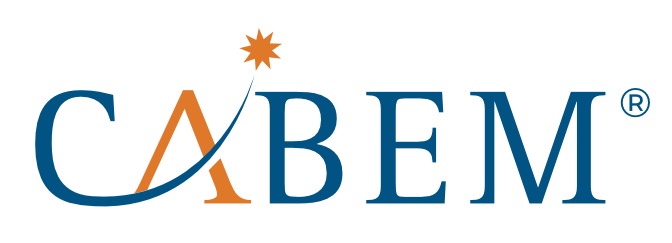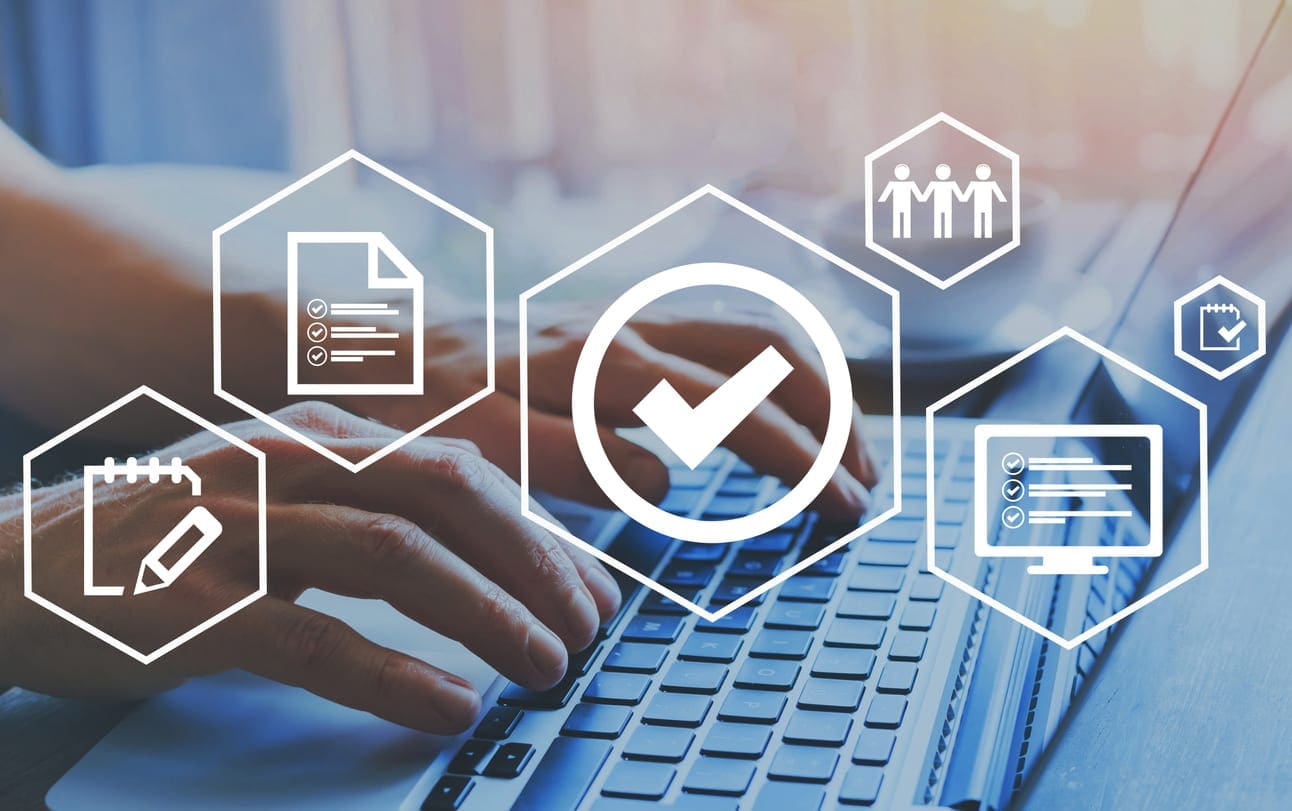6 Techniques for Verifying Competency
Understanding the desired competencies in your workplace is critical to improving organizational productivity and career development What is competency management? Competency management is the identification of skills, qualifications, values, and behaviors necessary for target performance to be reached for any individual in any role.
Competency management provides employers with clear benchmarks, for their employees or potential employees, in both growth and evaluation of essential skills, knowledge, values, and abilities. These competency frameworks are essential for expectation management and measuring the effectiveness of a potential candidate, as well as, reviewing a current employee’s potential and performance.
89 percent of best-in-class organizations had core competencies defined for all roles
– Deloitte Consulting
The process of identifying and confirming competency is critical to the implementation of a successful program. Once requirements are identified, demonstrating competency needs to be accomplished in different ways or a combination of different ways. A progressive program provides flexibility in the confirmation process contingent on the task and the individual. The following are key techniques to can be used for both learning and development, and confirmation of the desired competency,
-
Management Approval
Managers, administrators, or SME’s can utilize a competency management system to identify employees that are competent. They can simply sign off to a set of requirements for an employee. They can also examine the gaps between a current performance level and the desired level, and then identify what is needed to achieve competency in that area. As workplace management becomes more complex, businesses are turning to competency management software to support their HR systems with a documented program as much of managerial approval is often informal. This software focuses on improving the workforce by identifying skills and qualifications for each role and then managers can approve accordingly. When managers have a clear snapshot of individual skills, they can create the best possible team.
Efficient data collection through management software helps to ease the burden of an HR team. It frees them up to analyze the data and provide quality and constructive feedback to employees.
-
Self-initiated Approval
A self-initiated employee takes the first steps to identify and address existing and potential obstacles, issues, and opportunities. This is essential for succeeding in the workplace, as well as in life. Fostering self-initiative in employees ultimately provides personal development and company growth.
Competency software provides individuals with the opportunity to rate themselves against a competency model that is measurable. Individuals are able to reflect on their strengths and weaknesses and determine the areas in which more growth is needed. An employee that is serious about their career and growth takes this aspect of competency management very seriously. Competency software tracks and documents growth.
-
Classic Training, Testing, and Assessment
Testing is the traditional and efficient way to assess technical and theoretical knowledge in the workplace. Compliance training educates employees on laws, regulations, and company policies that apply to their day-to-day job responsibilities. Learners can become resistant to learning if the training is not applicable to their daily work. Competency assessments should be as authentic as possible. Evaluations should be a tool used to optimize the career path of each employee and aligned with organizational needs. Individual learning plans can be developed based on the measurable gaps between proficiency levels required by the job. Training and testing enable people to focus on the skills, knowledge, and characteristics that have the most impact on job effectiveness.
-
Witnessing and Surveillance
Management software eliminates the need for proctoring when training and assessments are administered. Additionally, it provides an opportunity to watch work being done in the field. This unique mode of observation allows employees to move from learner to proficient to expert in a specific area of interest. Observational learning provides real-life examples and hands-on experiences in the workplace. People with different personality types learn and retain knowledge and training differently. The witnessing and surveillance technique gives companies a tool for developing high-performance employees and teams as they learn new things quickly and effectively and apply new knowledge to their roles.
-
Outside Credentialing, Compliance, and Qualifications
In a regulatory environment ensuring an organization addresses the credentials or certification(s) required to fulfill a job or role function is vital to a safe and sustainable program. Tracking all of the documents, files, and spreadsheets for employee certification and training can become cumbersome. Not done, it can create a large risk for an organization. It is crucial to find a way to help you reduce liability, achieve regulatory compliance, manage timetables and expirations, and retain talent by proving credentials and qualifications. Our studies have found that this is too often left to informality, putting organizational compliance at risk. Competency software reduces this risk and can save an enormous amount of time because it allows you the flexibility to put the onus on the user or process owner and provides automated notification schedules for expiration and renewals.
-
Mentoring
Once an individual has achieved mastery of a skill set, they are capable of coaching others. Employees can work closely with each other and share their experiences. The professional relationship of mentoring is an excellent means of integrating competency within the workplace. Mentoring can also focus on behaviors when used for succession management and growth objectives.
People are social, so experiential learning matters, and ongoing iteration is unparalleled for mentoring relationships,
Every person has at least one skill in which they excel. Competency software allows you to identify those people and pair them temporarily with others that have gaps in those same areas. Assigning task-based mentors allows individuals to quickly learn, apply, and practice in a safe and relevant environment. It helps develop reflection and one on one relationships. This builds strength as a team as it strengthens internal personal connections within and across departments. Mentoring provides feedback, instruction, and development guidance in helping others excel in their career.
There are clearly many benefits to the use of competence management software for employers and their workforce. It provides improved clarity and transparency among all staff. Additionally, there is a seamless personalization of learning in which individuals have a much better understanding of their own learning profiles. Organizations can achieve their business goals while helping their employees work to their full potential.
Utilizing a program that recognizes the interrelationships of all six of these techniques is important. People learn differently and for most organizations, people are a crucial asset. Therefore, a comprehensive program that efficiently improves employees is a smart move.
At CABEM we understand the difficulties organizations face in managing and tracking credentials and employee performance. We created our competency management software to address these challenges. Our Competency Manager software can be used to manage employee competency as it tracks credentials, stores documents, sends automated alerts, and conducts training and assessments. Our system allows for all day-to-day learning, whether experiential, mentorship, or peer to peer, to be captured and documented formally within a software system. If you are ready to add the benefits of competency management to your business this year, click here to learn about our product or contact us.

